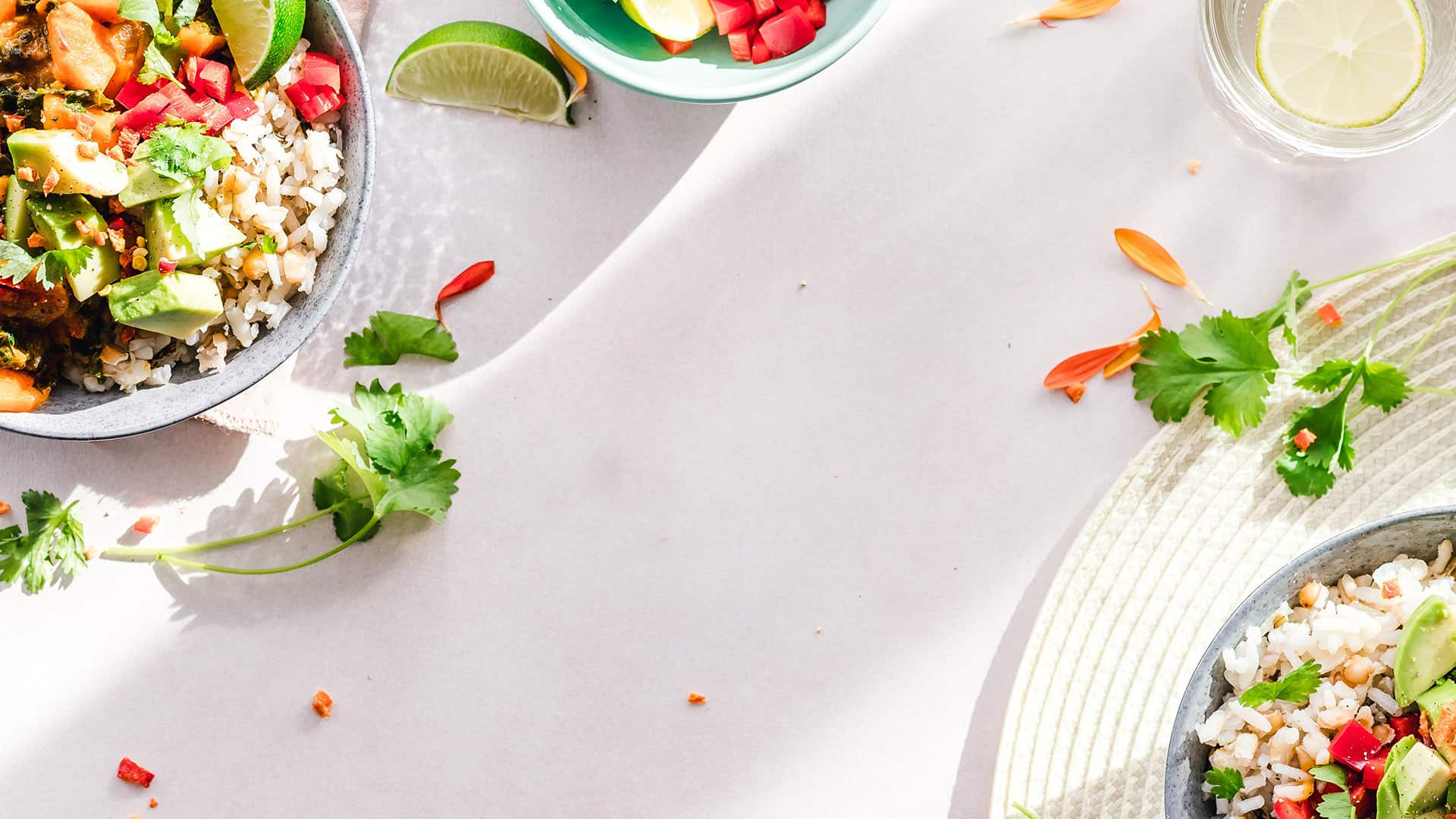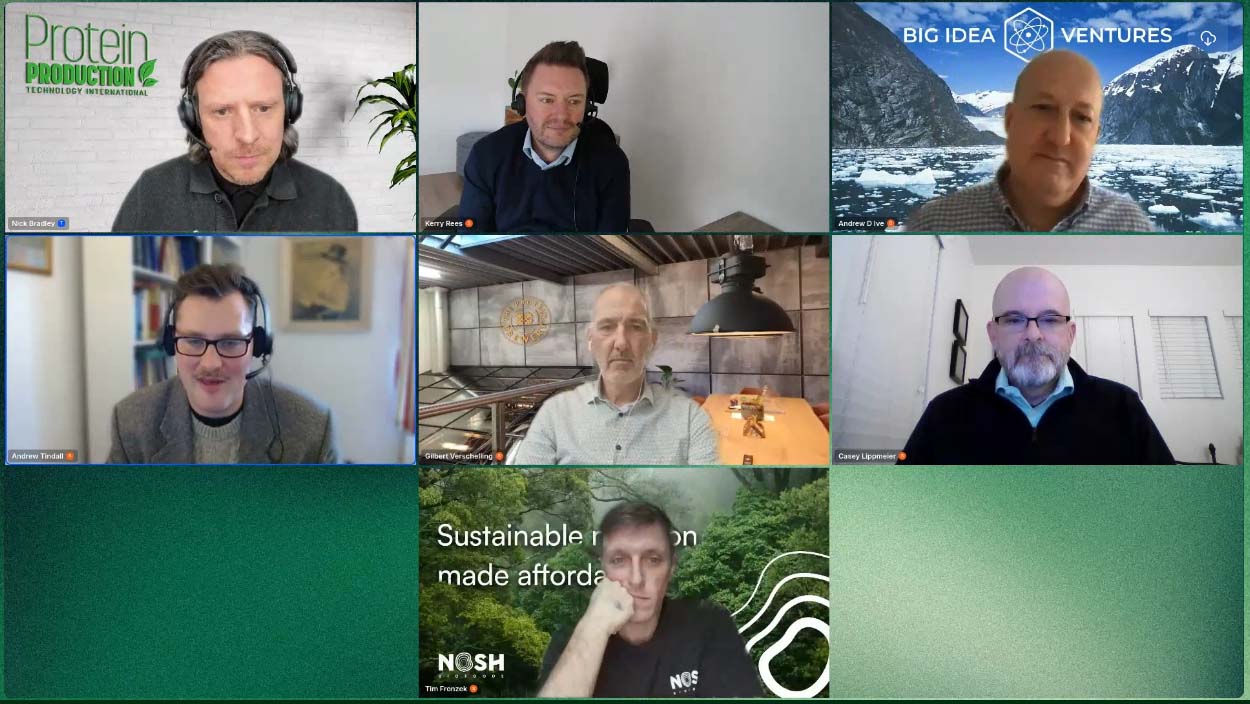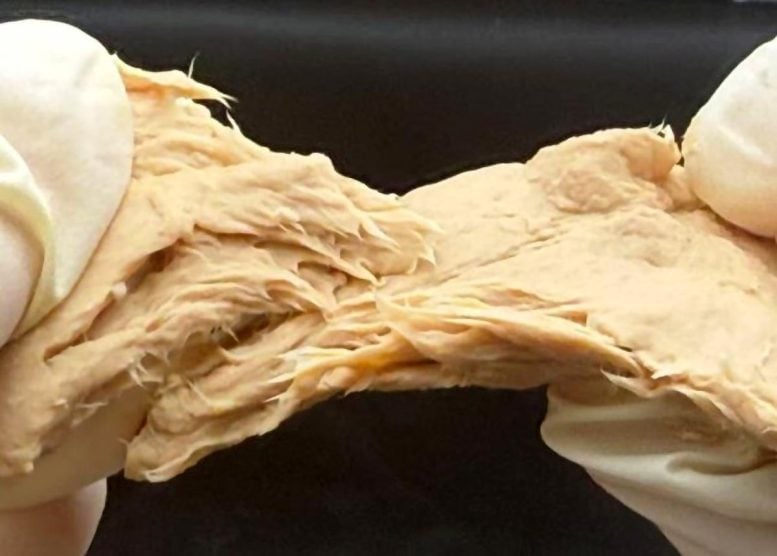

HGF leads candid discussion on IP as food-tech’s growth engine
If you missed this one, you truly missed a standout session. Protein Production Technology International’s 25 November webinar, IP as a Growth Engine: Unlocking Investment in Food Tech, held in partnership with HGF, delivered one of the most detailed, candid, and commercially grounded conversations on intellectual property the sector has heard this year.
Rather than a legal tutorial, the panel examined how IP functions as a practical tool for investment readiness, technical defensibility, and scale-up. The discussion brought together HGF patent attorneys Kerry Rees and Andrew Tindall, Andrew D. Ive, Founder & Managing Partner, Big Idea Ventures, Tim Fronzek, Co-founder & CEO of Nosh.bio, Gilbert Verschelling, CTO, The Protein Brewery, and Casey Lippmeier, CTO at Checkerspot. Together, they offered a rare, inside view of how founders, lawyers, investors, and scientists each assess what makes IP genuinely valuable.
HGF partner Kerry Rees opened the conversation by outlining what investors actually expect to see when a startup claims its intellectual property is a strength. He said that while most companies understood the need to file patents, far fewer had a written IP strategy that ties those filings to business goals, markets, competitors, and risks. “Investors want to see how IP is going to be managed within the business and how the company can demonstrate that it understands its IP risks and knows how to manage them,” he said, adding that clear documentation often indicates whether a team is thinking ahead.
He further explained that the strongest IP strategies rest on four pillars: capture, management, monetization, and enforcement. Each presents challenges. Some startups filed patents on inventions that later proved peripheral. Others poured resources into full freedom-to-operate analyses at a stage when only preliminary work was required. A recurring risk, he noted, was misalignment between R&D and commercial strategy, which can result in filings that do not protect the company’s true value or, worse, inventions being disclosed prematurely in scientific settings.
HGF’s Andrew Tindall built on that point, arguing that alignment between IP and commercial objectives was where companies most often faltered. “IP strategy flows from – and is part of – the commercial strategy,” he said. Strong portfolios, he added, protect activities that matter, anticipate competing technologies, and evolve as the business evolves. For early-stage teams, he notes, even a short written strategy could be a powerful signal to investors that the founders understood their own priorities. “The only thing better than an IP strategy is a written IP strategy.”
From the investment side, Andrew D. Ive described what he considers early markers of IP maturity. One of the strongest signals, he said, was whether a startup worked with experienced advisers. A second was whether its IP strategy matched its go-to-market plan. He cautioned founders against suggesting they were “fully protected”, describing that as a red flag, and emphasized that commercial traction weighed heavily in defensibility. “Having all the patents in the world without any commercial validity would have seriously hindered our ability to protect our IP,” he said.
For Nosh Bio’s Tim Fronzek – who built his first company in an industry with no IP barriers – the food-tech sector’s emphasis on protection sometimes felt exaggerated. While IP belonged on every fundraising checklist, he argued that execution excellence and speed were often more decisive. “There’s commercial go-to-market strategy, scalability, team, market dynamics, branding,” he said. “From my perspective, those should be valued more.” He suggested that investors’ preference for protectable deep-tech had nudged European startups toward harder-to-scale technologies with long regulatory timelines.
From a company further along the scale-up curve, The Protein Brewery’s CTO, Gilbert Verschelling, explained how investor expectations changed over time. Early rounds focused heavily on whether the company’s core technology was protected. As The Protein Brewery progressed toward commercial readiness and raised its €30 million (US$32.6 million) Series B, investors paid closer attention to scale-up performance, the maturity of the patent portfolio, and the company’s ability to prune or expand filings in line with market strategy. Consistent internal education, he said, helped scientists spot inventions worth protecting.
Checkerspot CTO, Casey Lippmeier, offered an R&D lens on invention selection. His team targeted rare or hard-to-source molecules that traditional chemistry or agriculture could not produce at scale. Their lead example, OPO – a molecule found in breast milk – illustrated this logic: existing sources were costly, limited, or unsuitable for infant nutrition. “Our IP strategy is everything,” he said, explaining that composition-of-matter filings offered the strongest defensibility, while process and applications IP added layers of protection as the company advanced. Freedom to operate, he noted, often emerged naturally in areas where little prior art existed because of technical difficulty.
The session concluded with brief advice from each speaker: protect the commercial heart of the business; pursue genuine novelty; use startup agility to adapt your portfolio; treat execution as part of defensibility; distinguish between urgent and deferrable filings; and continually question why a patent should be filed in the first place.
For anyone working in food tech, this was an hour packed with real-world insight – and if you missed it live, it’s well worth catching on demand.
Click here to register and watch the replay
If you have any questions or would like to get in touch with us, please email info@futureofproteinproduction.com






